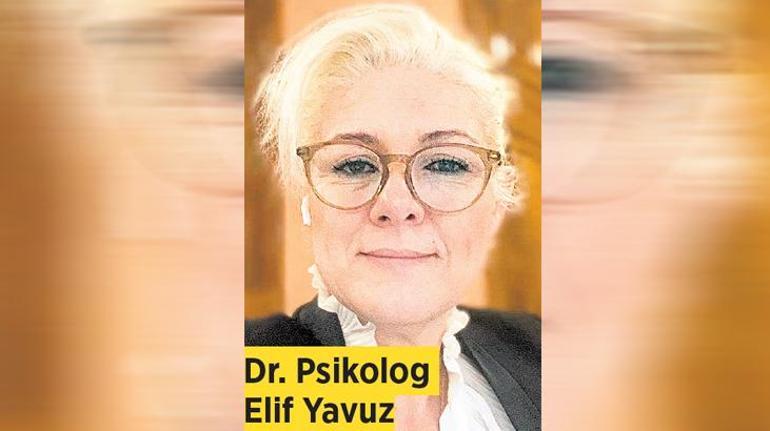1 in 10 children have dyslexia! It's not mental retardation, it's a learning difference

Ozan Ömer Kadüker - Dyslexia , which causes difficulties in reading, writing and language skills, is confused with mental retardation, and children are accused of being lazy. Dyslexia, which is seen in one in every 10 children, can cause individuals to experience serious difficulties throughout their lives if not diagnosed correctly. We asked the President of the Turkish Dyslexia Foundation, Dr. Psychologist Elif Yavuz, about the subject:
Reading backwards...
- Research shows that the rate of children with dyslexia is approximately 5-10 percent . This means that 1 in 10 children have dyslexia. However, this rate may be higher due to lack of awareness and difficulties in early diagnosis.
- Dyslexia is usually noticed when a child has difficulty reading, writing or pronouncing words correctly. Early symptoms include reading letters or words backwards, frequent pauses while reading, letter and word errors in writing, not being able to keep up with the reading speed of others, and difficulty memorizing words. Written exams, in particular, can be a great source of stress for these children, as their mental load is high.
- The diagnostic process is usually initiated by a specialist psychologist or experts who perform pedagogical evaluation. In the first step, standard tests conducted with the child, school performance and observations are taken into account. In the following process, psychological tests, attention and memory analyses, intelligence tests and evaluations measuring literacy skills are performed.
- Children with dyslexia may experience loss of self-confidence due to learning difficulties. The difficulties they experience at school may also cause problems in their social relationships with their peers. It can lead to feelings of failure, depression, anxiety and low self-esteem. In addition, differences between them and their peers can create psychological effects such as exclusion and labeling.

Proper education is important
There are many misconceptions, such as dyslexia being a mental retardation and only seen in males. Regarding the misconceptions that are commonly believed, Yavuz noted the following: “Dyslexia cannot be treated, but with the right education and support, children’s reading, writing and learning skills can be improved. Early diagnosis and intervention are very important. Children with dyslexia are not lazy. On the contrary, they put in much more effort, but it can take longer to overcome difficulties. This can cause them to get more tired. Dyslexia can be seen in both genders.”
Half of students are addicted to social media
İlke Foundation Education Policy Research Center (EPAM) published a report titled “Digital Addiction and Education: Problems, Trends and Policy Recommendations.” Written by Prof. Dr. Yavuz Samur and Zeynep Yalçıntaş, and edited by Assoc. Prof. Dr. Ayhan Öz, the report’s highlights are as follows:
- 50 percent of high school students are at risk of social media addiction .
- 35 percent of secondary school students are in the risk group for social media addiction.
- 1 in every 4 students is at risk of digital game addiction.
- Spending long periods of time in front of a screen increases attention deficit, sleep disorders and feelings of loneliness.
- With the widespread use of technology, digital addiction has become a risk factor that negatively affects children's cognitive development, academic success and social relationships.
milliyet






